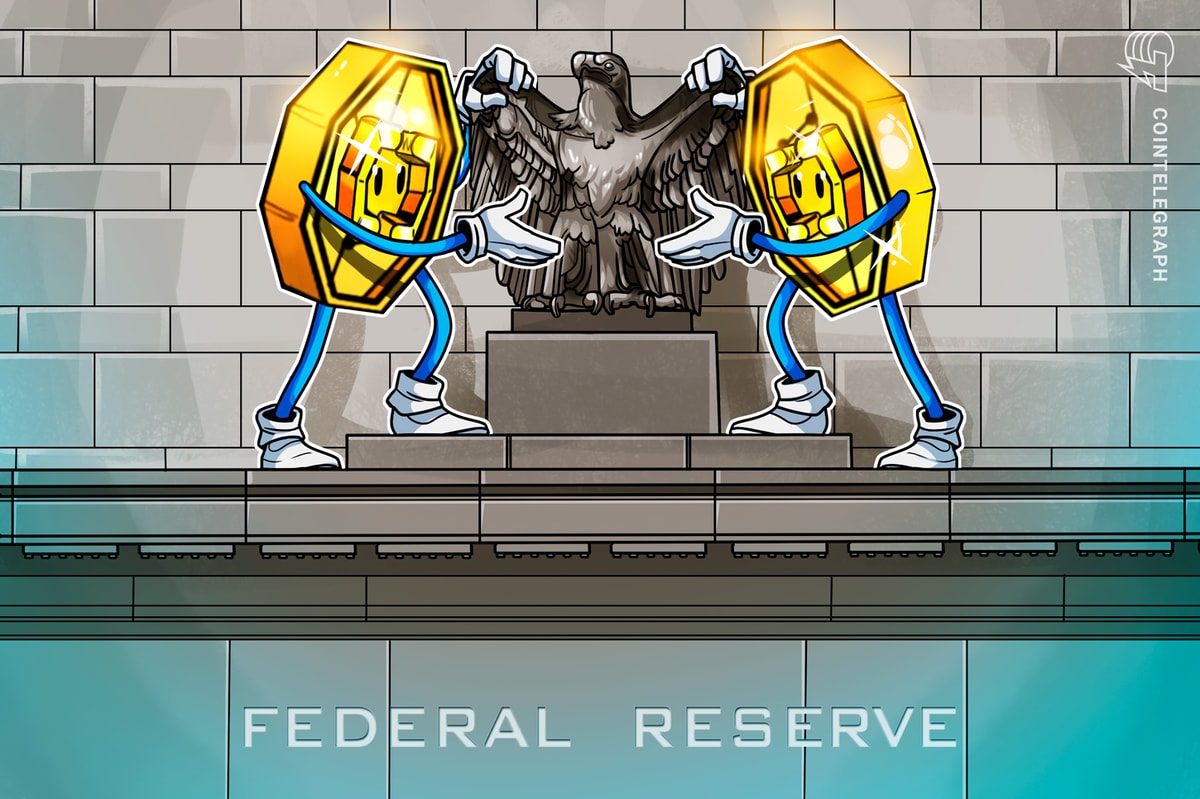Fitting state bond banks into the infrastructure finance puzzle
4 min read

As Congress sharpens its pencils for a bill-writing session next year, advocates for state bond banks are hoping for an opportunity to advance the “humble and highly effective” financing tools.
The idea is decades old, and flush federal infrastructure funds continue to flow. But supporters like Michael Gaughan, executive director of the Vermont Bond Bank, and Adie Tomer, senior fellow at Brookings Metro, say the time has come for a national system of well-capitalized and active state bond banks that would address persistent challenges in infrastructure finance and the municipal market. They lay out the argument in a June 20 paper
Smaller cities and towns would gain easier and cheaper access to the capital market. Chronically uneven issuer disclosure would be improved. The coming wave of climate-driven adaptation needs would be better managed by a sophisticated and frequent state-level issuer.
“Once you start focusing on the issues, you see that bond banks meet the moment,” Gaughan said.
Their paper comes a few weeks after a
The search for innovative financings comes as the country faces an infrastructure gap that the
“There’s a ton of different conversations happening in Washington right now, most quietly, on infrastructure from a legislative perspective,” Tomer said. “It’s important to get the ideas out there so we can consider them.”
One of the themes on the Hill includes the need to help
“In this policy environment, it’s really clear that state bond banks have the opportunity to make their case, to the federal legislative audience in particular,” Tomer said.
More than 81% of the nearly 37,000 entities in the $4 trillion municipal bond market accounts for only 10% of total debt outstanding, the Brookings paper said, citing Municipal Market Analytics, Inc. For smaller issuers, state bond banks like Vermont’s offer a “plug and play” process that would lift credit quality and lower borrowing costs for taxpayers, the paper said. The Vermont Bond Bank, the nation’s oldest, offers enhancement and loans to help smaller, rural communities access low-cost financing and prioritize their capital projects ranging from schools to clean energy to community pools, Gaughan said.
“If we’re going to have a tactical infrastructure policy going forward, one that’s at a lower cost than the IIJA, the question is, how do we address the needs — and the Vermont example really has something to offer,” he said.
Despite the decades-old idea, only 13 states have bond banks. That’s “far too little reach for one of America’s most powerful tools to leverage private infrastructure capital for communities and projects of all sizes,” the paper said.
Tomer and Gaughan propose a one-time $25 billion federal appropriation to capitalize more state bond banks. The proposal calls for Congress to define a bond bank, distribute the money to states based on a formula and set a time limit for states to set up their banks, with credit enhancements in place. The money would “ensure decades of improved infrastructure delivery as the initial funds are constantly recapitalized,” the paper said.
Tomer called the proposal a win-win-win for local governments, investors and federal lawmakers who will see faster and more efficient infrastructure development in their districts.
“It’s very clear that once the dust settles after November that these ideas, all kinds of reform ideas, are going to start to be debated,” Tomer said. “It does feel like the moment is just right.”







